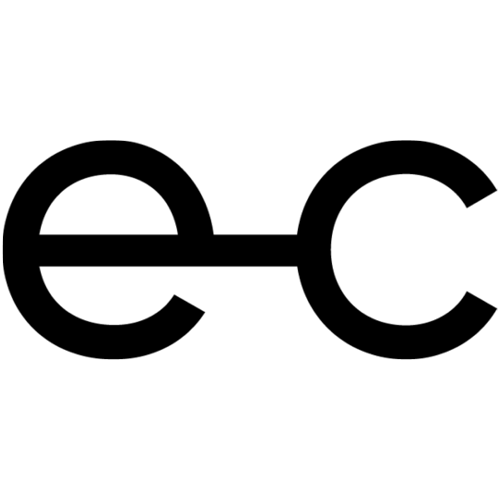Cataracts
What are cataracts?
Very much like a camera, the natural lens of the eye focuses light rays onto the retina to create the image in sight and this lens is normally transparent. When cataract develops, the transparency of the lens becomes opaque or cloudy and can begin to affect a person’s eyesight. This occurs through an oxidised fat molecule (protein) which has binded to the lens and the binding then creates structural changes to the transparency of the lens causing it to cloud over. Cataracts can develop in either one or both eyes but cannot spread from one to the other.
What causes cataracts and what are the symptoms of cataracts?
The symptoms of cataracts generally occur through ageing in those over the age of 50 however they can develop in people below this age. There are many other causes of cataracts which include genetics, trauma, exposure to UV light, toxic chemicals, radiation, infection, disease or drug use. Diabetes and smoking are two of the most common causes aside from ageing.
Small cataracts may go unnoticed for some time as they may only cover a small proportion of the lens and will not affect overall vision. Cataracts grow slowly so vision may gradually decline, things may start to become foggy, blurry or washed out, lacking in colour. A cataract eye may increase difficulty with everyday activities such as reading, driving or focussing on things. Your glasses may no longer be effective and the eyes may become very sensitive to light, particularly at night time when you may notice a glare. In extreme cases cataracts can cause double vision. As soon as you notice these symptoms it is advisable to book in for an eye examination with your optometrist.
How do I find out if I have cataracts?
As part of a general eye examination an optometrist will check your eyes using a special microscope that reveals the lens and any sign of cataract formation. Using these results combined along with some other information such as visual acuity will help to confirm if you have the condition. A specialist can then advise you of the next steps forward for cataract treatment to help rectify the problem.
What is the best method of cataract treatment?
If cataracts are small, it may just be a case of regular check ups and new prescription eyewear to help correcting your vision. If however it is seriously affecting your vision and day to day life, then surgery may be advised and you will be referred to an ophthalmologist (eye doctor). The removal procedure is very straightforward and relatively painless. It involves removing the affected lens and replacing it with an artificial one allowing light to pass through to the retina clearly and providing clarity of sight.
Cataract surgery is not compulsory in any case and is entirely optional. Although many people with cataracts find this is a very transformative experience, helping them to function far easier in everyday life.
What does cataract surgery involve?
Your eye will be measured for a replacement lens. In preparation for the surgery the cataract eye will be anaesthetised via eye drops or injection into the tissue around the area. Once the eye is numb, the cloudy lens will be removed from the eye and replaced with an artificial clear plastic lens. This done by making a small incision into the cornea and using a special tool to break up the cloudy lens on the eye which will then be sucked out in preparation for the new artificial lens. The whole procedure usually takes around 30 mins. You will not be able to see this work being done, there will be a bright light but that is all and the area will be completely numb.
What are the side effects of having an eye cataract removed?
The eye will be very sensitive to the light and there may be some itching and discomfort whilst it heals. Following the cataract treatment there may also be some discharge from the eye and it will be very sensitive to touch. To benefit the healing process, it helps to keep the eyes shielded with glasses, to stay away from dusty areas, avoid strenuous activities where possible and do not rub or press upon the eye. It may take one or two days for any major side effects to pass, should problems persist, please speak to your eye care specialists immediately.
When will I be able to see properly again?
Following the surgery your eyesight may be a little blurry whilst the eye repairs and heals itself. The eyes will need to refocus and adjust following this procedure especially if both eyes have been affected by cataracts. It is advised to refrain from driving and any other activities that will require clear vision. Your specialist will advise you when it is OK to return to these activities safely.
What can I do to protect my eyes from cataracts?
It is advised to avoid direct exposure to bright sunlight by wearing sunglasses with 100% UV protection and a wide brimmed hat. A healthy and nutritious diet rich in vitamins, minerals and antioxidants contributes to good eye health. It is important to avoid smoking at all costs. It is also of benefit to refrain from using harsh chemicals near or on the face and around the eyes. When this is unavoidable, use protective goggles or eyewear.
